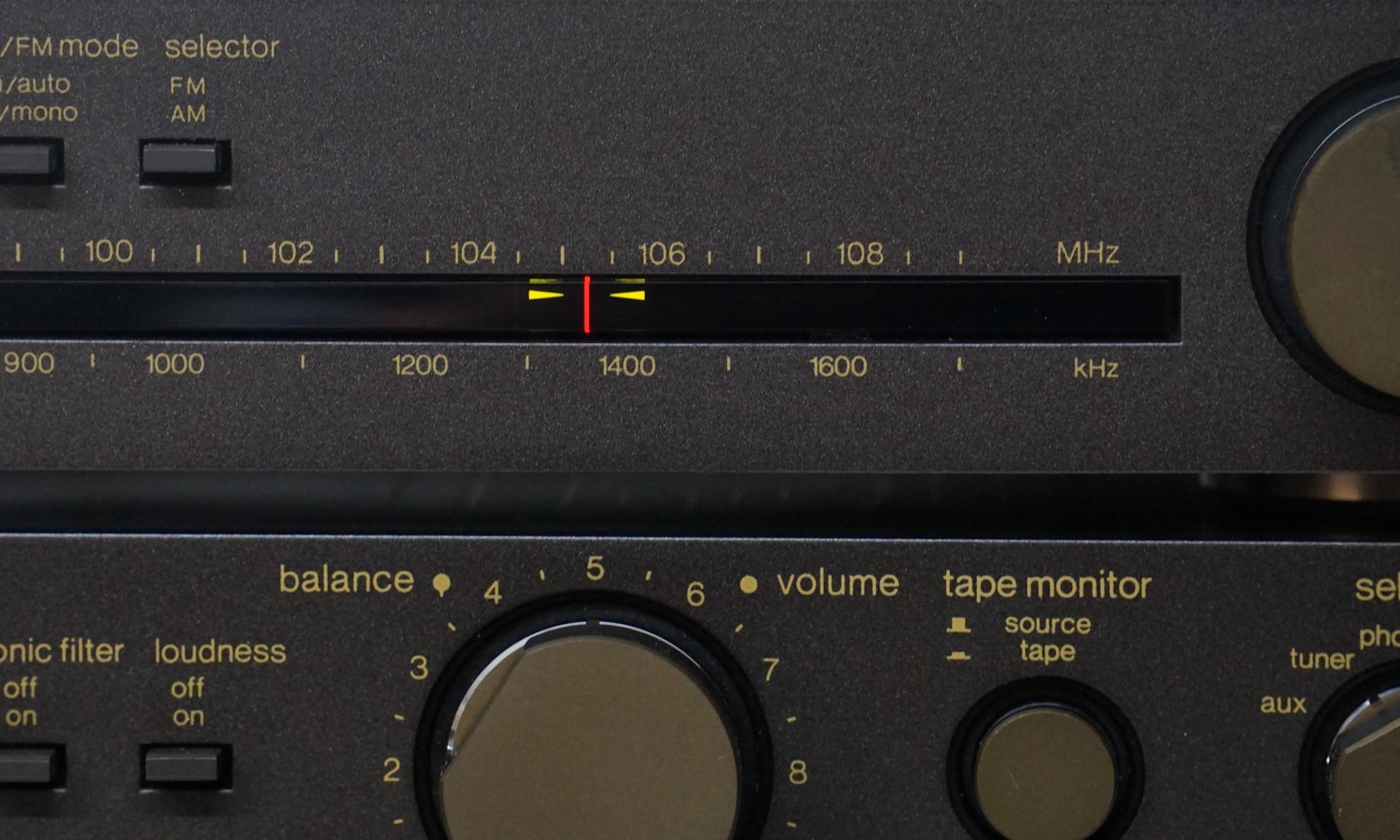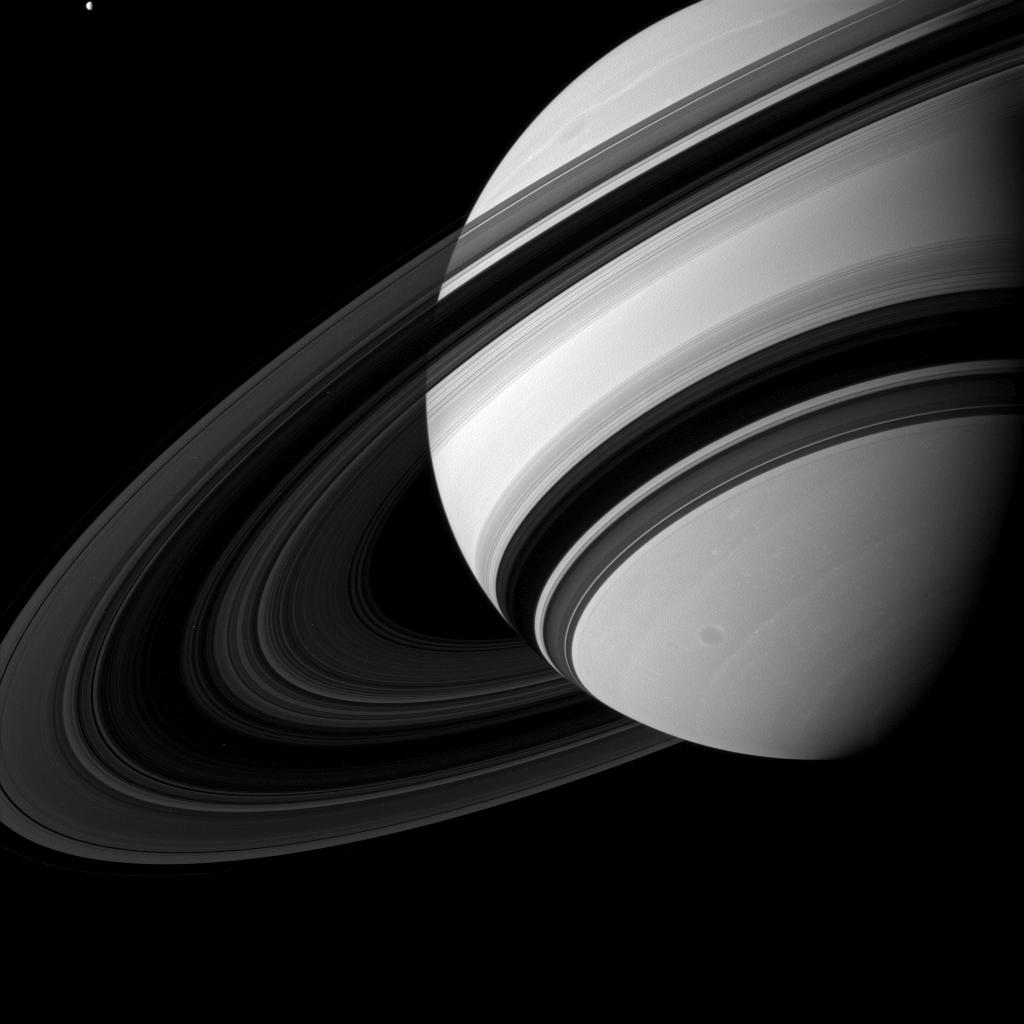Want

Available from ThinkGeek.
Sense of Wonder
The Song of Pi
We Live in Amazing Times
Even if it's exorbitantly expensive at this point…
World renowned electronics manufacturer Philips has announced today that it will be exclusively launching its "Hue" web-enabled lighting system through the Apple Store starting from tomorrow. The new system from Philips offers energy saving LED lights that can replace your existing bulbs and they can then be controlled from your iPhone or iPad.
Building on its innovation capabilities, today Philips unveils hue, the world's smartest web-enabled LED home lighting system. Philips hue signals a new era in home lighting both in the way we think about and experience light in our homes. It allows you to create and control the light using your smartphone or tablet. Bringing endless possibilities to help you get creative and help you personalize your lighting to suit yours and your family's lifestyle, Philips hue is available exclusively from Apple stores from 30th October. A starter pack includes three bulbs that simply screw into your existing lamps, and a bridge that you plug into your home Wi-Fi router. Simply download the hue app to start experiencing light in a completely new way.
Once you have your system installed you can fire up the iPhone or iPad app and customize the lighting in your home to your hearts content. You can change the color of the light, control and monitor lighting of your home from anywhere in the world, set up timers and even use light as your wake up call.
The Philips Hue certainly looks like a very nice way to add some home lighting automation to your home. If you want to get hold of some, you can buy them exclusively through the Apple Store starting October 30th. They will come in a starter kit which includes three bulbs and the interface that needs to be connected to your home router; this starter kit will cost $199. Once you have the starter kit, you can add in extra bulbs at a cost of $59 per bulb. The system can currently support a maximum of 50 bulbs.
Source: Philips
This is Cool
But not as cool as it could have been. An aerial tour of the Giza plateau.
Tick Tock
The wonder of physics…
Smell
The human sense of smell is a wondrous thing, especially when it comes to memories.
A couple months ago I was driving home through one of the less-urban, more heavily wooded residential areas of Denver right after a freak thunderstorm. It smelled exactly like walking through the meadows on my grandparents' old property in western Massachusetts.
My new garage smells like my grandfather's workshop on that same property.
As I got in the elevator to leave work this afternoon, I was greeted with the sweet, flowery smell of my great aunt's attic, something I hadn't consciously thought of in decades.
This is Cool
Wolfram Alpha Can Now Reduce Your Social Life to a Series of Graphs
Facebook is a great place to follow the lives of friends, and family, but it's also an amazing repository of your personal information. Even casual users would be surprised how much data they have poured into the service over the years, and now you finally have a way to put it into perspective. Wolfram Alpha, the world's greatest computational knowledge engine, has launched a service that will reduce your Facebook social life to a series of mathematical charts.

To get started just type "Facebook" into the search field, click the analyze button, and create a Wolfram Alpha account. The data gives you a good idea of how much you participate on the service, and will even give you an interesting breakdown of your friends by country, age, and a visualization of how you all know each other.


If you ever wanted to see your entire life broken down into a series of mathematical charts, you owe it to yourself to check this out.
What It Feels Like To Land on Mars
Fucking amazing. Be sure and expand it to full screen.
Math is Fun
Beautiful
This is what I envision of when I think "21st Century Desert House," and it really makes me regret having left the architectural field fifteen years ago. From the firm ibarra rosano design architects of Tucson. We'd move back to AZ in a heartbeat if this were waiting for us. Absolutely stunning. (Click on any of the images to embiggen.)
Be sure and check out all their other work!
Haboob!
Call me crazy, but one of the few things I miss about Arizona…
A Hole (One of Many) on Mars

Mars is pockmarked with strange, nearly circular holes. The hole in this image was discovered by chance on images of the dusty slopes of Mars' Pavonis Mons volcano taken by the HiRISE instrument aboard the robotic Mars Reconnaissance Orbiter currently circling Mars. The hole appears to be an opening to an underground cavern, partly illuminated from the right. Analysis of this and follow-up images revealed the opening to be about 115 feet (35 meters) across, while the interior shadow angle indicates that the underlying cavern is roughly 66 feet (20 meters) deep. Why there is a circular crater surrounding this hole remains a topic of speculation, as is the full extent of the underlying cavern. Holes such as this are of particular interest because their interior caves are relatively protected from the harsh surface of Mars, making them relatively good candidates to contain Martian life. These pits are therefore prime targets for possible future spacecraft, robots, and even human explorers.
Beauty in Darkness
I Hope It Doesn't Collide…
…with any alien marker buoys!

Under the Namibian Sky
15 minutes of pure beauty…
Today's Moment of Zen
Stay Curious
This is just what the doctor ordered after a truly awful day.
Computer as Appliance
When I first got into personal computers back in the late 1980s, they were still very much a niche product. For about a thousand dollars a geek could go to any of the weekend "computer fairs" that dotted the Bay Area and buy the parts to build a PC. (It wasn't until 2004 that I actually bought my first pre-assembled computer.) Interchangeable parts were the norm, and if you wanted to upgrade your paltry little 8088 system board to a "blindingly fast" 286, it was fairly simple (if relatively expensive).
Back in the day, system boards were larger than a sheet of paper, and individual memory chips on those boards were still the norm. There was no such thing as integrated video, parallel or serial connectors on a system board. If you wanted any of those, you had to buy separate cards. Hell, at that point there weren't even built-in clocks! (I remember buying and installing more than one clock card over the course of assembling several PCs.) If you wanted to upgrade your RAM, you came home with a bag full of individual chips and prayed that none of them were bad, because tracking down a bad chip when you've just inserted 32 of the things was an absolute nightmare. (I can't tell you how happy I was when the first SIMMs and DIMMs appeared on the scene.) And if you wanted to run AutoCAD (which I did back in the day), you needed to buy a separate math co-processor chip.
Gawd, I don't miss those days.
Fast forward twenty-five years. Apple's MacBook Air and iPad have shrunk system boards to an eighth the size they once were and now include video, I/O and wireless. The amount of RAM has grown exponentially, and CPUs are packing more power than ever dreamt of in 1988. The Air and iPad have no moving parts (except a CPU cooling fan in the Air) and contain nothing that is user-replaceable. Spurred in no small part by the wild success of the iPhone, the idea of computer as appliance is coming to fruition.
When I remember the sheer number of parts required to build a PC once upon a time, I am amazed when I see tear downs of the iPad and the Air (click to embiggen):
In both cases, the biggest parts of both devices are the batteries.
And even if you don't consider them appliances, but simply as portable computers, compare them with this, the Compaq II from 1987:

My ex brought one of these home from work one evening in 1988 and we thought it was the coolest thing evah. I only wish he were still around to see how far we've come since then.
It all makes me wonder what the face of computing will look like in another 25 years…
Formation of the Moon
Very cool simulation from NASA!
Keep Calm and Carry On
Kind of Mesmerizing
Amazing
WTF?
[flv:https://www.voenixrising.com/images/2011/misc/mercury-object.flv 316 560]
"Artifacts in the background where the planet was on the previous day," my ass. I'm going with a cloaked alien survey ship.
And wouldn't that be amazing?
Draw Your Own Conclusions
 +
+

=

Orion's Belt overlaid on the Giza Plateau. Admittedly not a perfect alignment, but still…

















